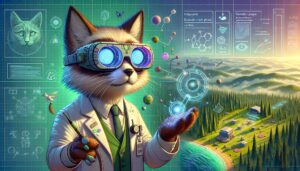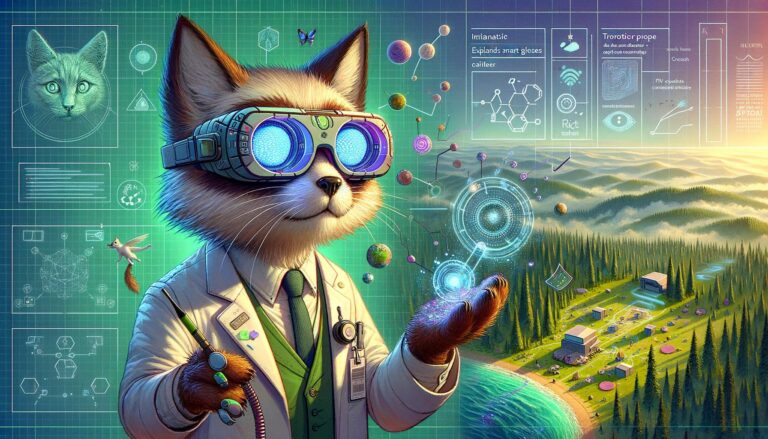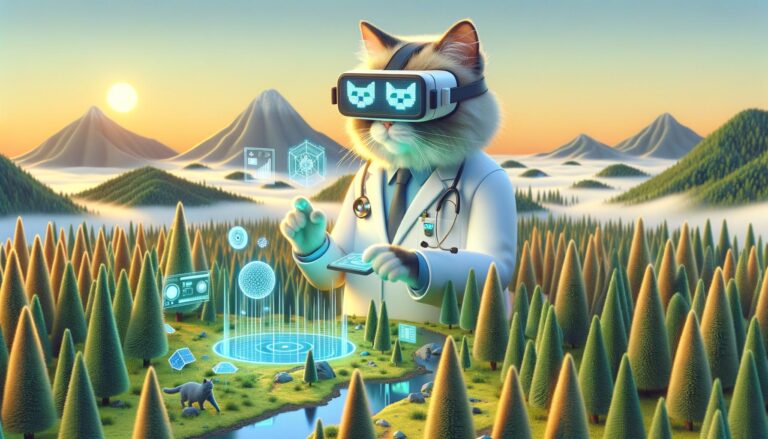Building an XR solution presents various challenges and opportunities for organizations looking to integrate augmented reality (AR) into their operations. The decision between ready-to-deploy solutions, fully custom-built applications, or a hybrid approach is crucial.
Each option offers distinct advantages and drawbacks, depending on the specific needs and resources of the organization. In this article, we explore these options to help you determine the ideal solution for your needs.
Building an XR Solution and Potential Challenges
Developing and deploying an XR solution can be complex, requiring a thorough understanding of both the technology and the specific use cases it will address. Organizations must navigate challenges such as technical expertise, development time, scalability, and security. Understanding these challenges is the first step in selecting the right approach for your XR implementation.
Get Started TodayOut-of-the-Box Solutions
Out-of-the-box or “off-the-shelf” solutions are the simplest option, and best for those who are simply exploring or testing AR technology for the first time, or looking for a quick solution to address a common problem or need. They offer a low barrier to entry and easy resolution for support issues.
Pros:
- Ease of Deployment: Ready-to-deploy solutions are typically easier and faster to implement, as they are designed to work out of the box with minimal configuration.
- Cost-Effective: These solutions often come at a lower initial cost compared to custom-built applications.
- Proven Reliability: Established solutions have been tested and used by other organizations, ensuring a level of reliability and support.
Cons:
- Limited Customization: These solutions may not meet all the specific needs of an organization, offering limited flexibility.
- Potential Overlap: Out-of-the-box solutions may include features that are not relevant, leading to unnecessary complexity.
Examples:
- Sphere offers comprehensive AR solutions for training, remote assistance, and collaboration, providing a quick and efficient way to integrate AR into defense operations.
- Taqtile Manifest provides AR work instructions and remote expert assistance, ideal for manufacturing and maintenance tasks.
Fully Custom Solutions
Custom-built software solutions are the most complex option. While requiring a larger upfront investment, custom solutions offer seamless integration, unique functionalities, and full control over the development process, enabling organizations to incorporate proprietary elements and ensure long-term scalability. This method is best for organizations with unique or complex requirements, seeking a competitive edge through fully optimized solutions.
Pros:
- Tailored to Specific Needs: Custom-built solutions can be designed to meet all the unique requirements of an organization.
- High Flexibility: Organizations have complete control over the features and functionality of the application.
- Scalability: Custom solutions can be built with future expansion in mind, allowing for scalability as needs grow.
Cons:
- High Cost and Time-Consuming: Developing a custom solution from scratch requires significant investment in time and resources.
- Complexity: Managing the development process, from client application to backend infrastructure, can be highly complex.
Examples:
- Unity or Unreal Engine: These platforms allow for the creation of fully custom XR applications, providing the flexibility to build any environment, feature and function required by an organization.
Customizing Existing Applications
For organizations falling somewhere in between the previous options, customizing existing applications can be an attractive middle ground. This approach leverages the core functionality of established software while allowing for modifications and enhancements to better align with specific requirements. This middle ground solution is ideal for customers who have reasonably standard requirements that can be met by existing software, but with the need for some unique features or integrations tailored to certain specifications.
Pros:
- Balanced Approach: This method combines the benefits of ready-to-deploy solutions with the flexibility of custom development.
- Faster Deployment: Customizing an existing application is typically faster than building one from scratch.
- Cost-Effective: It can be more cost-effective than fully custom solutions, as it leverages existing infrastructure.
Cons:
- Limited by Original Framework: Customization is constrained by the architecture of the existing application, which may limit flexibility.
- Dependency on Vendor: Organizations may depend on the original application developer for ongoing support and customization.
Examples:
- Sphere: Allows for customization of their standardized and scalable applications, providing a middle ground with agile development and flexible deployment options.
- EMPACT by HTX Labs: Offers a multi-modal, low/no-code platform to build and modify custom training scenarios quickly
Magic Leap 2: A Versatile Platform for Every Option
Magic Leap 2 is designed to support a wide range of XR solutions, making it an excellent choice for any deployment strategy:
- Ready-to-Deploy Solutions: Magic Leap 2 seamlessly integrates with out-of-the-box solutions like Sphere and Taqtile Manifest, offering immediate benefits and ease of use.
- Fully Custom Solutions: With its robust SDKs and developer tools, Magic Leap 2 supports the development of custom applications using platforms like Unity and Unreal Engine.
- Customizing Existing Applications: Magic Leap 2’s flexible architecture allows for the customization of existing applications, making it a versatile option for organizations looking to balance customization with ease of deployment.
Summary and Next Steps
Choosing the right XR solution depends on your organization’s specific needs, resources, and strategic goals. Whether opting for a ready-to-deploy solution, a fully custom-built application, or a hybrid approach, each option has distinct advantages and challenges. Magic Leap 2’s versatile platform supports all these deployment strategies, providing a robust foundation for your XR initiatives.
If you need more information or have specific questions, we’d love to help guide the way.
For further assistance and to explore our solutions, visit Knoxlabs and stay updated on the latest developments in AR technology.












+ There are no comments
Add yours